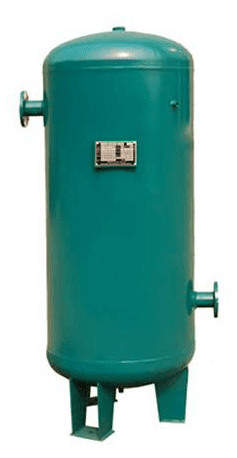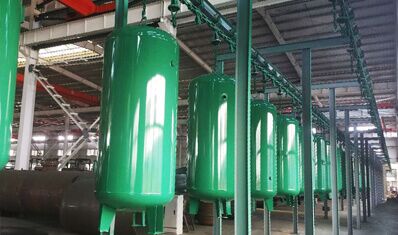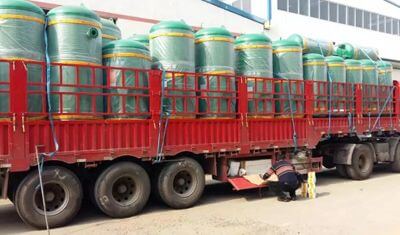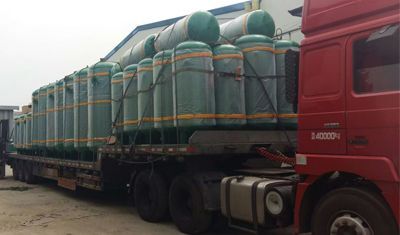There are multiple benefits of an air receiver tank including:
Reduce Waste of Compressed Air
The air compressor vents a large amount of compressed air after every single cycle. This compressed air is highly valuable as it can be used to operate high or short-demand events. This loss of thousands of cubic feet of compressed air is a significant loss. A proper air receiver tank will help you to store this compressed air and reduce the waste of compressed air after each cycle.
Reduce Air Compressor Operating Pressure
If an air compressor doesn’t have an air tank to store the excess compressed air, the compressor will have to work on high pressures in order to meet the high demands at every time. In other words, the compressor will be working at all times at maximum demand.
Having an air receiver tank would result in lower energy costs by operating at a lower pressure you’re your system, resulting in efficient work and better results.
Improved Efficiency
The air receiver tank improves the efficiency of an air compressor. With each cycle, the compressor vents out compressed air. The presence of an air tank results in the storage of that compressed air and will reduce the wastage of compressed air resulting ineffective operations and lower costs.
Improved Efficiency for Dryers
As mentioned above, the air receiver tank plays the role of a heat exchanger and naturally cools down the heat causing minimum vapors and less moisture. This increases the efficiency of the air dryer – the air receiver tank reduces the amount of work done by the air dryer.
Improved Efficiency for Coalescing Filters
The removal of moisture done by the air receiving tank allows the filters to be relatively dry and thus improves the efficiency of the coalescing filters.





